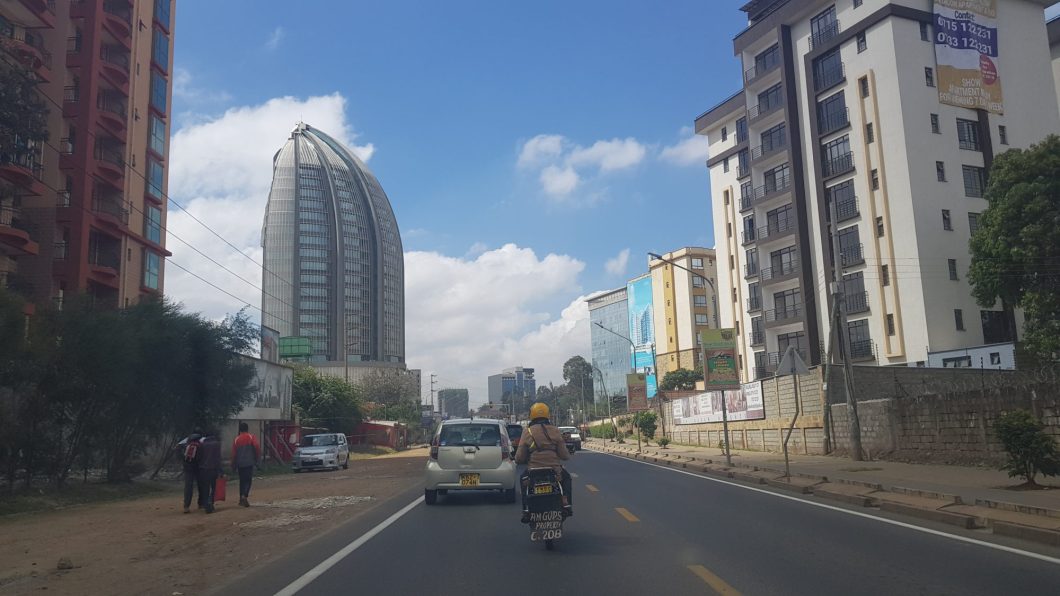When I first moved to Kenya, in 2002, Kilimani was was an idyllic, leafy suburb, dotted with tall, green trees. The area mainly consisted of colonial-era bungalows with lush spacious 1-acre gardens. It was the embodiment of Nairobi’s nickname – The Green City in the Sun!
The neighborhood is home to State House, so security was, and still is, better than most other parts of Nairobi. Roads were always in a fairly decent condition, as opposed to the barely motorable, potholed disasters in the rest of the city. 23 years of neglect, incompetence and looting in the Moi era certainly took a toll on the country. Towards the end of Denis Pritt Road, there was a wide, empty space, set aside for a road never built. The road connecting Kilimani and Kileleshwa today, was a small slum spanning a valley back then.
Fast forward to 2018: The old houses with lush gardens are perilously endangered. Old bungalows are giving way to apartment highrises, and posh office towers at a breakneck pace. The growth of Kenya’s middle class has prompted a booming demand for upmarket residences in the “right” areas. Kilimani still retains an exclusive status, for now.
Congestion
The area, however, was never planned for this kind of an expansion. Water, sewage and electricity infrastructure, let alone road capacity, is still dimensioned for one residential unit per acre. Inevitably, water and electricity problems have become way too frequent, after improving steadily through the first decade of the century. In regards to the traffic, well, Kilimani was once the exception from the rule of endless traffic jams in Nairobi. Was..
Kilimani is hardly a suburb any more, in the context of the vastly expanded urban core of Nairobi. And it is certainly less leafy by the day. With economic growth comes urban densificaton. In Kilimani, the glaring lack of planning by the county, is having a destructive effect, though. As the last gardens give way to ever-taller towers, congestion keeps worsening, as there is nowhere to expand the roads. Power cuts keep getting more frequent due to inadequate infrastructure , and temporary water shortages are increasingly becoming a nuisance.
Kilimani – a victim of its own success
At this rate, Kilimani is becoming a victim of its own success: Its main competitive advantages is eroding. Eventually, it will turn into a heavily congested concrete jungle, without its past allure. Upmarket residents will sooner or later start moving towards more spacious, less congested parts of the city. Later, office tenants will follow suite, and the devaluation of the area will become a matter of fact.
Kilimani may always be in demand because of its location. With former leafy areas around the CBD densifying rapidly, new upmarket areas are likely to rise in the current outskirts of Nairobi, though. Well-planned developments like Tatu City may be an indicator of how the future upmarket areas of Nairobi will look.
